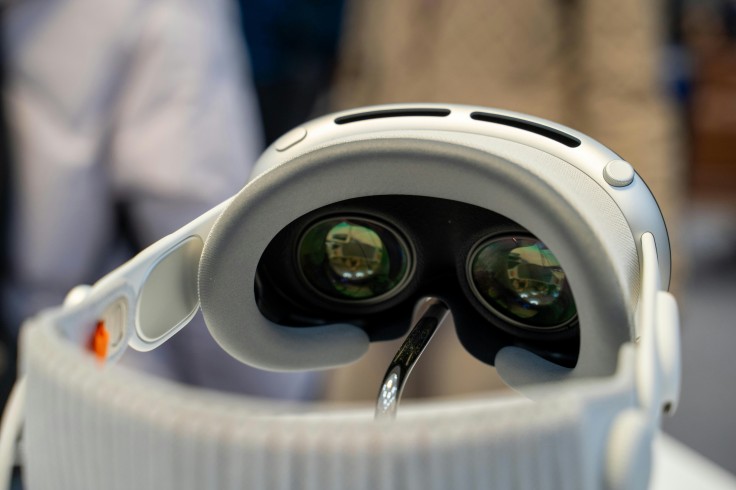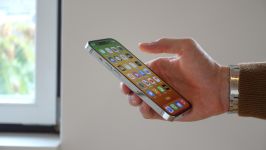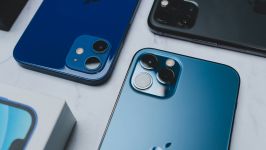
Apple Analyst Ming-Chi Kuo reports that the company has a tiered XR strategy, combining premium (Vision Pro), mid-range (Vision Air), and entry-level smart glasses to address price barriers and compete in an increasingly crowded AR market.
"Apple views head-mounted devices as the next major trend in consumer electronics," Kuo wrote in his Medium piece, asserting that Apple aims to break into the smart-glasses mass market with 3 to 5 million shipments. Apple's planned rollout of its Vision Pro headsets and smart glasses from 2025 to 2028 could popularize augmented reality, leveraging budget options to challenge Meta and Google's hold.
Apple plans to release an upgraded Vision Pro with an M5 chip in 2025, targeting 150,000 to 200,000 units. While Kuo predicts a no-launch window in 2026, the following year is set to see two major rollouts: a lightweight, iPhone-powered Vision Air and Ray-Ban-style smart glasses, both heavily focused on consumer convenience. More ambitious XR glasses with full-color waveguide displays are anticipated to arrive in late 2028.
By introducing more affordable devices, Apple is likely positioning XR as an accessible mainstream technology. The 40% lighter Vision Air and modest smart glasses are specifically designed to address price objections for the $3,500 Vision Pro, with smart glasses alone expected to drive total category shipments past 10 million by 2027. Competition is equally intense: Meta's Ray-Ban, Google's XR initiatives, and Samsung's wearable efforts are pressuring Apple to act swiftly.
Apple seems to be doubling down on extended reality with a refreshed Vision Pro set for 2025, which could signal an ongoing commitment to compete in the AR market. Its approach merges proprietary chips, advanced hardware, and deep ties within its technology stack to deliver a seamless user experience, positioning the company to play a long-term role in shaping the future of consumer AR.
Originally published on Tech Times









